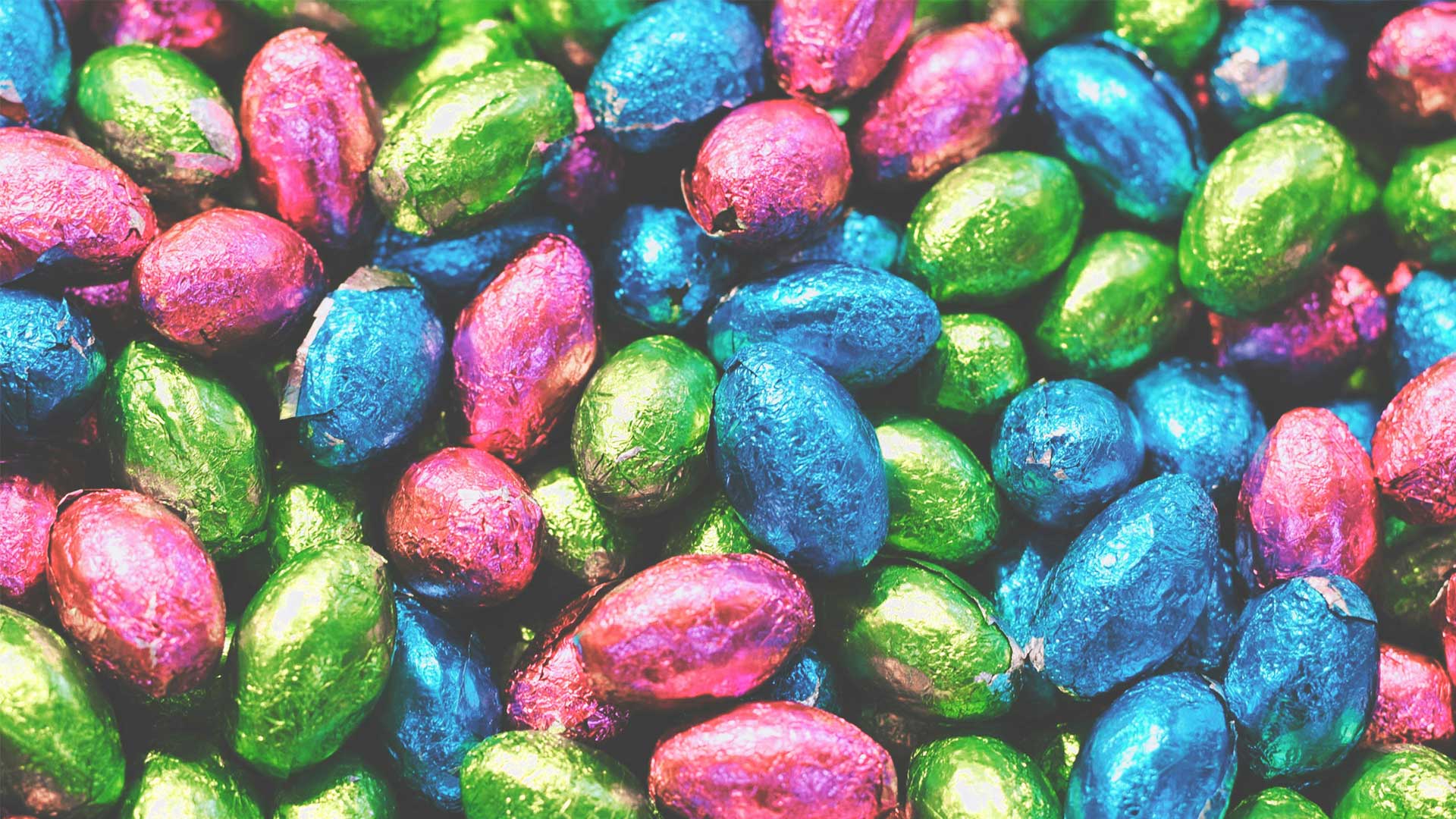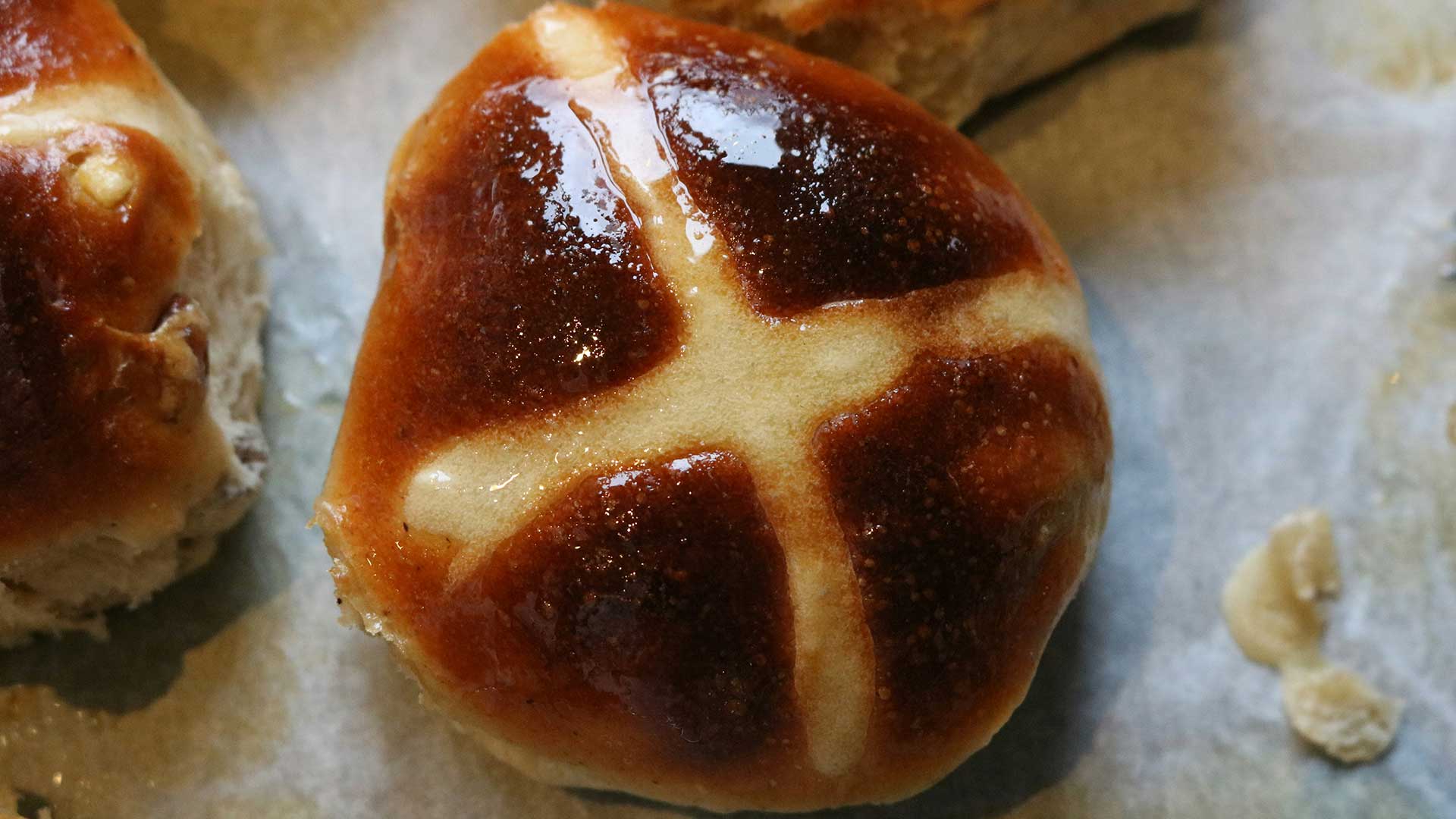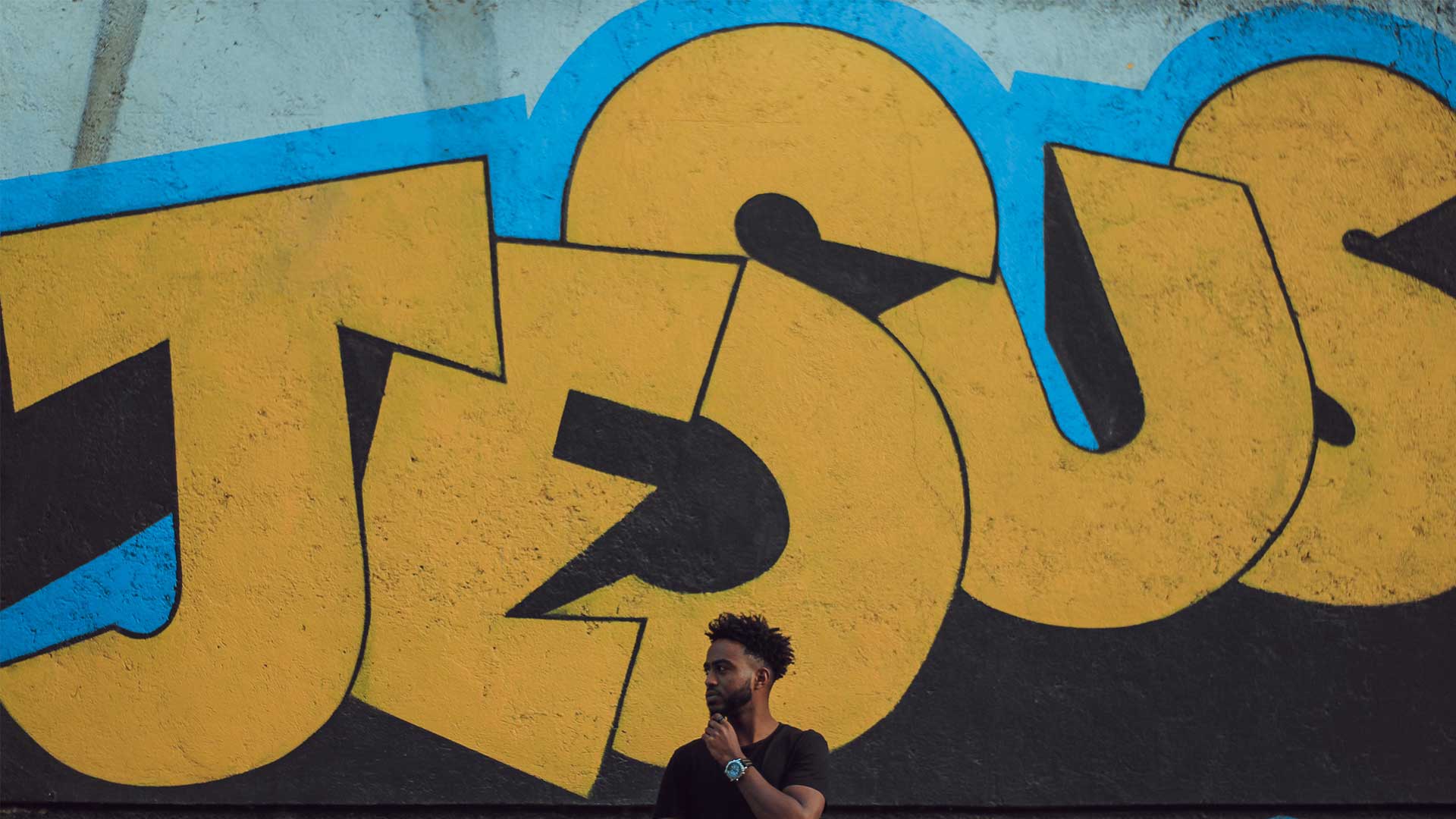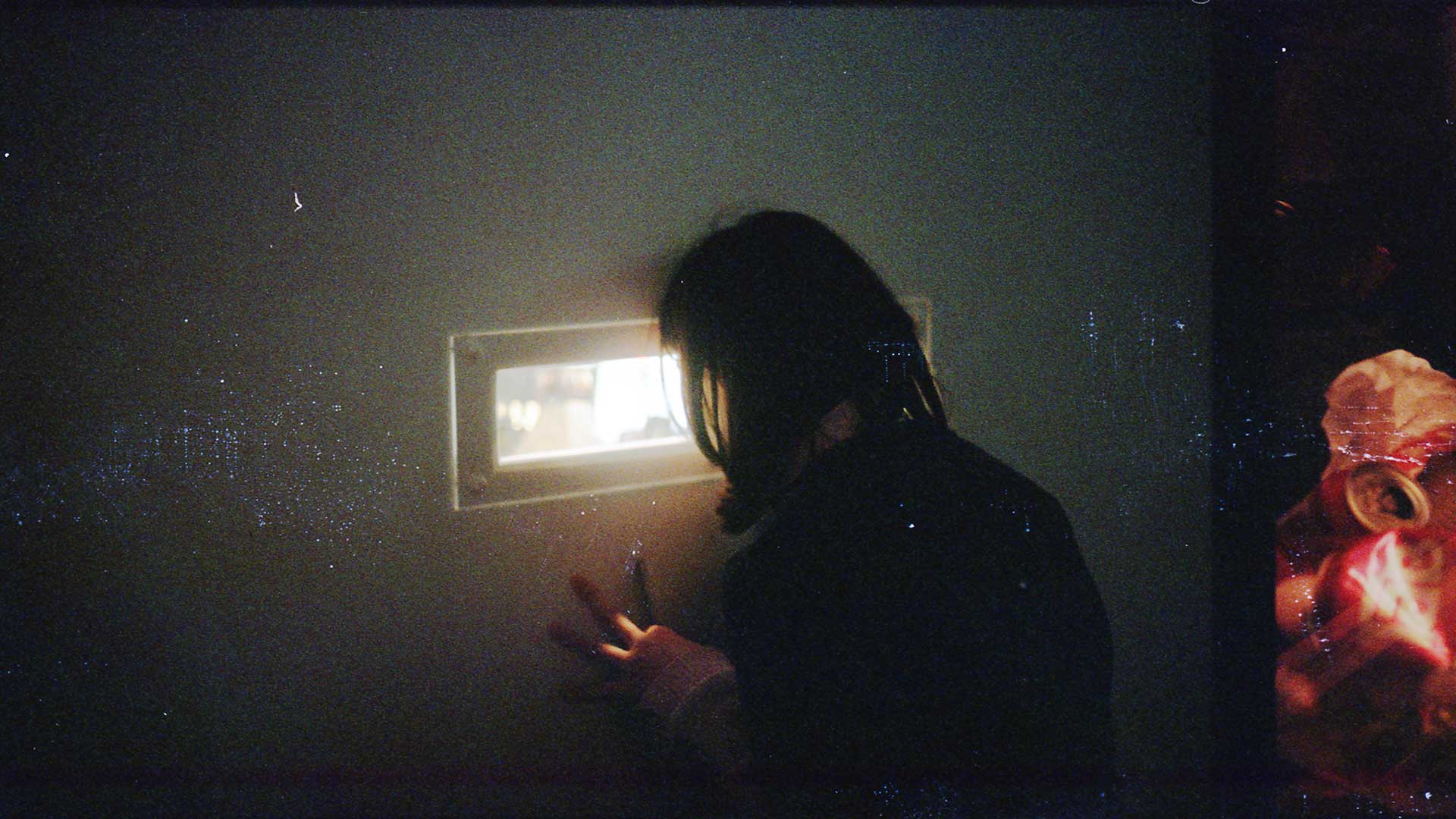Bunnies, chocolate eggs, hot cross buns, and a couple of extra days off work – sounds pretty nice, right?
But have you ever wondered where these traditions came from? Or how the Christian story of Easter relates to pagan rituals? Read on to discover the real origins of Easter ...
There seems to be a near-universal human instinct to create rituals that follow the rhythm of the natural world around us, reflected in the fact that solstices and equinoxes have long been celebrated as sacred days.
And, like many other belief systems, Judaism – and Christianity, which emerged from it – celebrates festivals that coincide with the changing of the seasons, like harvest.

But where does Easter come in?
In the spring, Jews celebrate Passover (Pesach), a festival that’s set according to the phases of the moon. This festival commemorated the Jewish people’s escape from slavery in Egypt, led by Moses.
This story – known as the Exodus – is full of the imagery of rebirth; coming up out of Egypt was like emerging from a grave to a new life in a new land. Jewish people celebrate this festival by eating a lamb, which represents the sacrifice Moses instructed the people to make just before they left.
Influenced by the date of Passover, the Christian festival of Easter also takes place around the spring (or vernal) equinox, a day when the amount of darkness and daylight are equal.
The idea of spring as a season of rebirth has been felt across a range of cultures, since way before Jesus arrived on the scene. So, how exactly was Easter ‘born’ – and when did it become about Jesus?
Jesus of Nazareth was a Jewish carpenter who rose to prominence in first-century Israel. He quickly gained a following through his influential teaching and care for those in need. But the biblical accounts of his life, known as the Gospels, tell of how – at the peak of his influence – he was arrested and put to death on a cross. Not an uncommon ending for an up-and-coming young preacher in his day.
But the reports of what came next were nothing short of extraordinary.
Three days after his death, some of Jesus’ followers claimed that he had been raised from the dead: the ultimate spring rebirth. For those who believed this, the resurrection changed everything.
OK, so if you saw a TikTok video claiming that a dead man – one who was killed in a public display and buried – had risen, was alive and well again, you wouldn’t believe it, right? You'd be highly sceptical, at least, right?
According to ancient writings, people thought the same back when rumours started circling about Jesus. Right from the start, people dismissed the claim of Jesus’ resurrection as nonsense, a myth, or wishful thinking. Jesus’ closest followers – his own friends – doubted this could be true too.

But once they’d come to think it was, they didn’t appear to think that theirs was simply a nice tale – a just-so story around a springtime theme. These believers went around the world telling everyone that Jesus was alive, and many of them were imprisoned or even lost their lives for it.
And as the first Christians reflected on the significance of these events, it made them reinterpret their old festivals and practices. Jesus’ death had taken place around the Jewish festival of Passover/Pesach, mentioned above. So for those who believed in him, that festival took on a new meaning. They interpreted Jesus’ death as being like the Passover lamb. It was a sacrifice that rescues us from the power of death itself.
The story of Jesus’ death and resurrection was certainly not the first ever springtime-rebirth narrative. But it’s also not true that the first Christians copied similar rebirth stories from other cultures. The resurrection of Jesus was something completely new, a unique event that wasn't repeated every year like the rituals of surrounding peoples. But the fact that it happened in the springtime provided another layer of meaning to the story; just as dead nature comes to life in the spring, Jesus re-emerged to new life too.
Read on to discover more about the Easter story: why, for Christians today, Jesus’ resurrection remains a source of hope and comfort, and a motivation to make this world a better place.
 As Christianity spread over the next few centuries, it encountered different cultures, lots of which already had spring celebrations of rebirth woven into their calendar. And with those celebrations came a whole load of age-old practices.
As Christianity spread over the next few centuries, it encountered different cultures, lots of which already had spring celebrations of rebirth woven into their calendar. And with those celebrations came a whole load of age-old practices.
In many of these settings, Christianity became the dominant religion. And in some cases, Christians absorbed local customs, making them part of their Easter celebrations. But they didn’t adopt everything. Some customs directly contradicted Christian beliefs, and so they were dropped, ceasing to be widely practised. Others contained ideas that were compatible with the Christian message, and so these were reinterpreted in the light of what Christians believed about Jesus’ death and resurrection.
Where pre-existing practices did become part of Christian celebrations, it wasn’t so much because Christians were trying to steal the best bits of other religions to improve their own. It was more that they wanted to affirm the deep human impulse to celebrate new beginnings and show how the story they believed in – Jesus’ death and resurrection – gave meaning and fulfilment to those longings.
So, what are some of the classic Easter traditions? Where do they come from? Why do we celebrate them? And do any of them come from Christianity?
Very few of the ways people love to celebrate Easter today have Christian origins, and virtually none of them come from the Bible. But when did we start seeing bunnies pop up and Easter eggs crop up as part of the festivities?
Known for their proverbial fertility, rabbits are a classic springtime symbol across many cultures. Hares were a sacred symbol in classical Greek traditions, and in Britain in the first-century BCE they weren’t eaten because they were considered sacred. In Northern European folklore, hares often represented the witches of winter, which were banished by the arrival of spring. And in German and Anglo-Saxon folklore, they seem to have been connected to the goddess Eostre (more on her below). It’s likely that this is the origin of the Easter bunny – nothing to do with Jesus at all. And for that reason, rabbits don’t feature in Christian Easter celebrations as much as some other symbols.

OK, so that explains the Easter bunny, but why is Easter celebrated with eggs? Well, they’re another common symbol of new life and rebirth, and have featured in springtime celebrations across many cultures. Today people celebrate with all sorts of egg-based rituals, including painting them, hiding them, rolling them down hills, or more recently making them out of chocolate.
Many Christians have included eggs in their Easter celebrations, seeing them as an appropriate symbol of Jesus’ resurrection to new life. Because of the Christian tradition of Lent, where people gave up eating rich foods for the six weeks running up to Easter, eggs were often in plentiful supply. So, people would bake celebratory cakes with them or paint them bright colours and give them as gifts to family members.

The cross on which Jesus died is such a central symbol of the Christian Easter story – surely this must be a tradition that emerged solely from Christianity? Well… maybe not. In Britain they’ve been associated with Christianity since the 12th century, but there seems to be evidence that similar buns existed in Egyptian, Greek and Roman cultures, with the cross dividing the bun into four parts representing the seasons and phases of the moon.

None of the traditions associated with Easter today are prescribed in the Bible, and most of them come from a strange mixture of influences: pagan origins associated with the spring, Christian reinterpretation, and – let's be honest – a fair amount of commercialism too.
The chocolate bunny or creme-filled eggs we enjoy today bear little resemblance to pre-Christian pagan celebrations. But that change isn’t down to the influence of Christianity, so much as the desire of chocolatiers to sell more products by dialling down the witches and fertility and dialling up the sugar content.
 The origin of the name ‘Easter’, and its German equivalent Ostern, is highly debated. Some believe it came from Eostre, the Anglo-Saxon fertility goddess, whose sacred symbol was a hare. The argument is made that Christianity replaced the celebration of Eostre with that of Jesus, adapting the name accordingly. But this is highly contested, and the Encyclopaedia Britannica says there’s ‘widespread consensus’ that it came to us in English via German – and that the Old High German eostarum comes from the Latin word for ‘dawn’.
The origin of the name ‘Easter’, and its German equivalent Ostern, is highly debated. Some believe it came from Eostre, the Anglo-Saxon fertility goddess, whose sacred symbol was a hare. The argument is made that Christianity replaced the celebration of Eostre with that of Jesus, adapting the name accordingly. But this is highly contested, and the Encyclopaedia Britannica says there’s ‘widespread consensus’ that it came to us in English via German – and that the Old High German eostarum comes from the Latin word for ‘dawn’.
Either way, the term Easter doesn’t feature in the Bible. And, for that reason, some Christians choose not to use the word, so as to differentiate the celebration of Jesus from other pagan festivals. (But then again, our English days of the week and months of the year come from Germanic, Greek and Roman deities anyway!)
As it happens, the English and German languages are unusual in using this word. Many European languages take their name for the celebration of Jesus’ resurrection from the biblical word for the Passover – Pesach. In Latin it’s Pascha, in French Pâques, Spanish Pascua, Portuguese Páscoa, Italian Pasqua, Russian Пасха, and in Welsh Pasg. This highlights that the origin of the Christian celebration is not from Anglo-Saxon pagan celebrations, but from the death of Jesus at the Jewish Passover.
Easter, as we celebrate it today, has a complex set of origins. People call it different things, celebrate it on different days, mark it with different rituals, or just enjoy the Bank Holidays without giving it a further thought!
For Christians, it’s a celebration that’s full of meaning, marking the death and resurrection of Jesus and reminding them that ‘far more can be mended than you know’. Could this ancient story still bring a message of hope?

More can be fixed than you think
Work, deadlines, the dating scene, the planet: Could an ancient story have something to say about the things that matter to you today?

Man or Myth? Is there evidence that Jesus existed?
Was Jesus a real person or is he simply a work of fiction? Is there any evidence outside of the Bible? Discover if there is any proof for Jesus' existence.

Got big questions? Think there are some big answers out there but not sure where to find them? We’re here to help you experience the Bible as a source of millennia-old wisdom, exploring life, work, death, love, doubt, faith, friends, family and beauty.
If you’re curious about the Bible but wouldn’t consider yourself particularly religious, you’re in the right place. Sign up to hear about future content designed for people like you.
 Loading
Loading